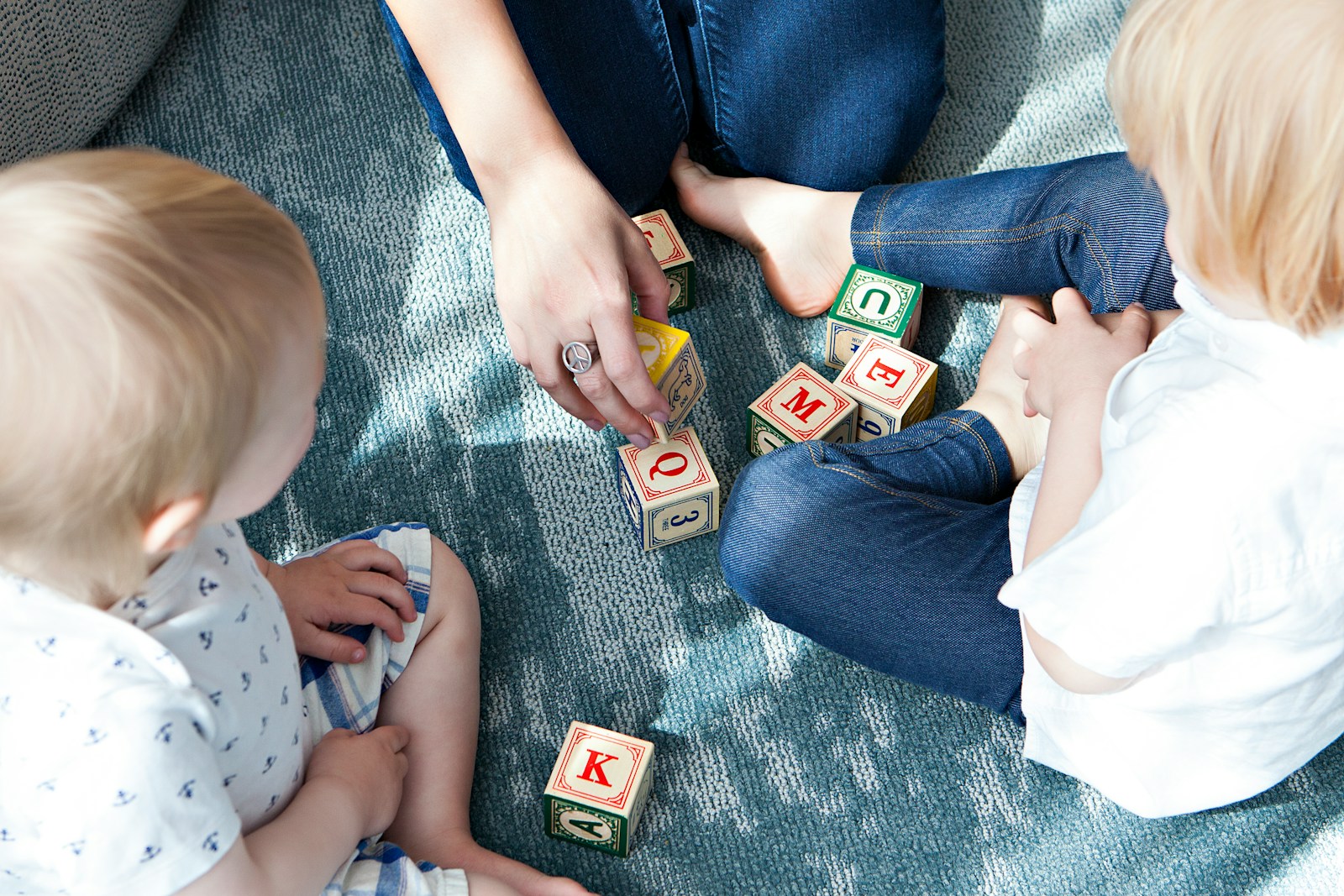The journey of infancy is a whirlwind of growth and discovery, with each day bringing new skills and abilities. As a parent or caregiver, understanding these developmental milestones is crucial, not only for monitoring the child’s progress but also for providing the right environment to support their development. Let’s dive deeper into the key areas of infant development and explore practical ways to nurture these milestones.
Physical Development
From the moment they’re born, infants are on a fast track of physical development. Their ability to lift their head, roll over, sit up, crawl, and eventually walk are not just adorable milestones—they’re fundamental building blocks for their physical and motor skills.
Head Control and Rolling Over
In the early months, an infant’s journey begins with developing neck muscles strong enough to lift and turn their head. This typically starts around 1 to 2 months. Placing your baby on their tummy for short periods—often referred to as “tummy time”—is a fantastic way to encourage this. It’s important to ensure that tummy time is supervised and done on a flat, safe surface.
Practical Tips:
- Gradual Increase: Start with a few minutes of tummy time several times a day and gradually increase the duration as your baby gets stronger.
- Engagement: Use colorful toys or a mirror to keep your baby entertained during tummy time.
By 4 to 6 months, many infants start to roll over from tummy to back and vice versa. This newfound mobility is thrilling for them but can pose safety challenges, so always keep a close watch and ensure their play area is free from hazards.
Sitting Up and Crawling
As they approach 6 to 9 months, infants begin to sit up independently. Providing plenty of opportunities to sit with support, such as a cushion or your lap, helps them strengthen their core muscles.
Practical Tips:
- Supported Sitting: Use a nursing pillow or a rolled-up towel around your baby’s waist to support them as they learn to sit.
- Interactive Play: While sitting, engage them with toys that improve hand-eye coordination, like stacking cups.
Crawling often follows sitting, usually around 7 to 10 months. Whether your baby is a classic crawler or prefers to scoot, this stage is crucial for coordination and strength. Encourage crawling by placing toys just out of reach, fostering the desire to move and explore.
First Steps
Walking is a hallmark milestone typically reached around 9 to 15 months. Every child develops at their own pace, so patience is key. Offer sturdy furniture or push toys to help them pull up and begin cruising, which naturally progresses to those first independent steps.
Practical Tips:
- Safe Environment: Ensure floors are clean and free of obstacles to prevent falls.
- Barefoot Walking: Allow your child to walk barefoot indoors to improve balance and grip.
Social and Emotional Development
Infants are inherently social beings, and their emotional development is heavily influenced by their interactions with caregivers and the world around them.
Forming Attachments
From birth, infants begin to form strong bonds with their primary caregivers. This attachment is vital for their emotional well-being and forms the foundation for future relationships. Engage in frequent eye contact, talk to your baby, and respond to their needs promptly to strengthen this bond.
Practical Tips:
- Consistent Care: Try to maintain a consistent routine for feeding, sleeping, and play, as this helps your baby feel secure.
- Physical Touch: Gentle touches, cuddles, and holding your baby close are powerful ways to strengthen attachment.
Emotional Expressions
Around 2 to 4 months, infants start to show a range of emotions, including joy, sadness, and anger. Smiling in response to your smiles or cooing when spoken to are early signs of their emotional development.
Practical Tips:
- Mimic Emotions: Mirror your baby’s expressions to show understanding and empathy.
- Playful Interaction: Games like peek-a-boo can help your baby develop emotional responses.
Stranger Anxiety
By 7 to 9 months, many infants experience stranger anxiety, a normal part of emotional growth. This anxiety is a sign that your baby is learning to differentiate between familiar and unfamiliar faces. Comfort them during these moments and slowly introduce new people in a safe, supportive environment.
Practical Tips:
- Gradual Introduction: Introduce new people gradually and in familiar settings.
- Stay Close: Be present and provide reassurance when your baby is around strangers.
Cognitive Development
Infants are natural explorers, using their senses to make sense of the world. Their cognitive development sets the stage for future learning and problem-solving.
Sensory Exploration
From the very first days, babies are busy processing sensory information. You might notice them tracking objects with their eyes or turning towards familiar sounds. Providing a variety of sensory experiences—like soft blankets, musical toys, and colorful books—can stimulate cognitive growth.
Practical Tips:
- Sensory Bins: Create sensory bins with different textures like rice or fabric to explore.
- Music and Sounds: Play different types of music and sounds to stimulate auditory senses.
Understanding Cause and Effect
By 4 to 8 months, infants start to grasp cause-and-effect relationships. Simple games like peek-a-boo or playing with toys that make noise when shaken help develop this understanding. These activities are not only fun but also essential for cognitive progression.
Practical Tips:
- Interactive Toys: Use toys that respond with lights or sounds when touched or moved.
- Routine Activities: Highlight cause and effect during routine activities, like clapping hands when they do something new.
Problem Solving
Around 9 to 12 months, infants begin engaging in simple problem-solving activities, such as fitting shapes into matching holes or stacking blocks. Encourage this by offering toys that challenge their growing abilities, like shape sorters or stacking rings.
Practical Tips:
- Puzzle Games: Introduce simple puzzles to enhance problem-solving skills.
- Block Play: Encourage building with blocks to improve spatial awareness.
Language Development
The journey from cooing to speaking is an exciting aspect of infancy. Language skills are crucial for communication and social interaction.
Babbling and First Words
Infants start babbling around 4 to 6 months, experimenting with sounds and syllables. By 10 to 12 months, they often say their first words, such as “mama” or “dada.” Encourage language development by talking to your baby throughout the day, narrating your actions, and reading books together.
Practical Tips:
- Narrate Daily Activities: Describe what you’re doing throughout the day to expose your baby to a variety of words.
- Repetition: Repeat words and sounds to encourage imitation.
Understanding and Following Commands
By 9 to 12 months, many infants begin to understand simple commands, like “no” or “come here.” Reinforce this understanding by using clear, consistent language and gestures.
Practical Tips:
- Consistent Commands: Use the same words for common commands to avoid confusion.
- Positive Reinforcement: Praise your baby when they follow a command to reinforce learning.
Sensory Development
Infants rely on their senses to interpret and interact with their environment. Sensory development is a critical component of their overall growth.
Visual and Auditory Skills
From birth, infants start to develop their visual and auditory skills. They might follow moving objects with their eyes or turn towards familiar voices. You can support this development by providing a visually stimulating environment with colorful toys and engaging in regular conversations with your baby.
Practical Tips:
- Visual Stimulation: Hang a mobile above the crib to promote visual tracking.
- Sound Variety: Use musical toys and talk frequently to stimulate auditory development.
Tactile Exploration
Touch is a primary way infants learn about their world. They enjoy reaching for and exploring various textures. Offer a range of safe objects for them to touch and explore, like soft toys, textured books, or safe household items.
Practical Tips:
- Tactile Toys: Offer toys with varied textures and shapes to explore with their hands and mouths.
- Safe Exploration: Ensure all items are safe for mouthing since infants often explore with their mouths.
Practical Tips for Supporting Development
- Create a Safe Environment: As your baby becomes more mobile, baby-proofing your home is essential. Cover electrical outlets, secure furniture, and ensure that small objects are out of reach.
- Engage in Play: Play is a powerful tool for learning. Engage in activities that promote movement, such as playing on a mat with toys just out of reach, or interactive games like pat-a-cake.
- Read and Sing Together: Reading books and singing songs expose your baby to language and rhythm. Choose age-appropriate books with simple, repetitive text and bright pictures.
- Encourage Independence: Allow your baby to attempt new tasks on their own. While it’s natural to want to help, stepping back can foster independence and confidence.
- Monitor Progress: Keep track of your baby’s milestones, but remember that every child develops at their own pace. If you have concerns about your child’s development, consult with your pediatrician.
Common Mistakes to Avoid
- Comparing with Other Children: Every child is unique. Avoid comparing your baby’s development with others, as this can lead to unnecessary worry.
- Over-Stimulation: While it’s important to provide stimulating experiences, too much can overwhelm your baby. Balance active play with quiet, calm time.
- Neglecting Self-Care: Caring for an infant is demanding. Ensure you’re also taking care of your own needs to provide the best care for your baby.
Understanding and supporting your infant’s developmental milestones sets the stage for a lifetime of learning and growth. By providing a nurturing environment and engaging in meaningful interactions, you help lay the foundation for your child’s future success.




